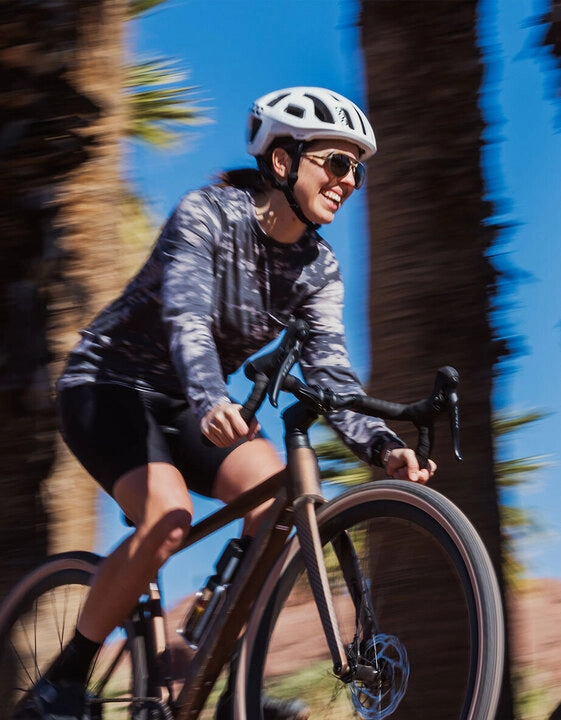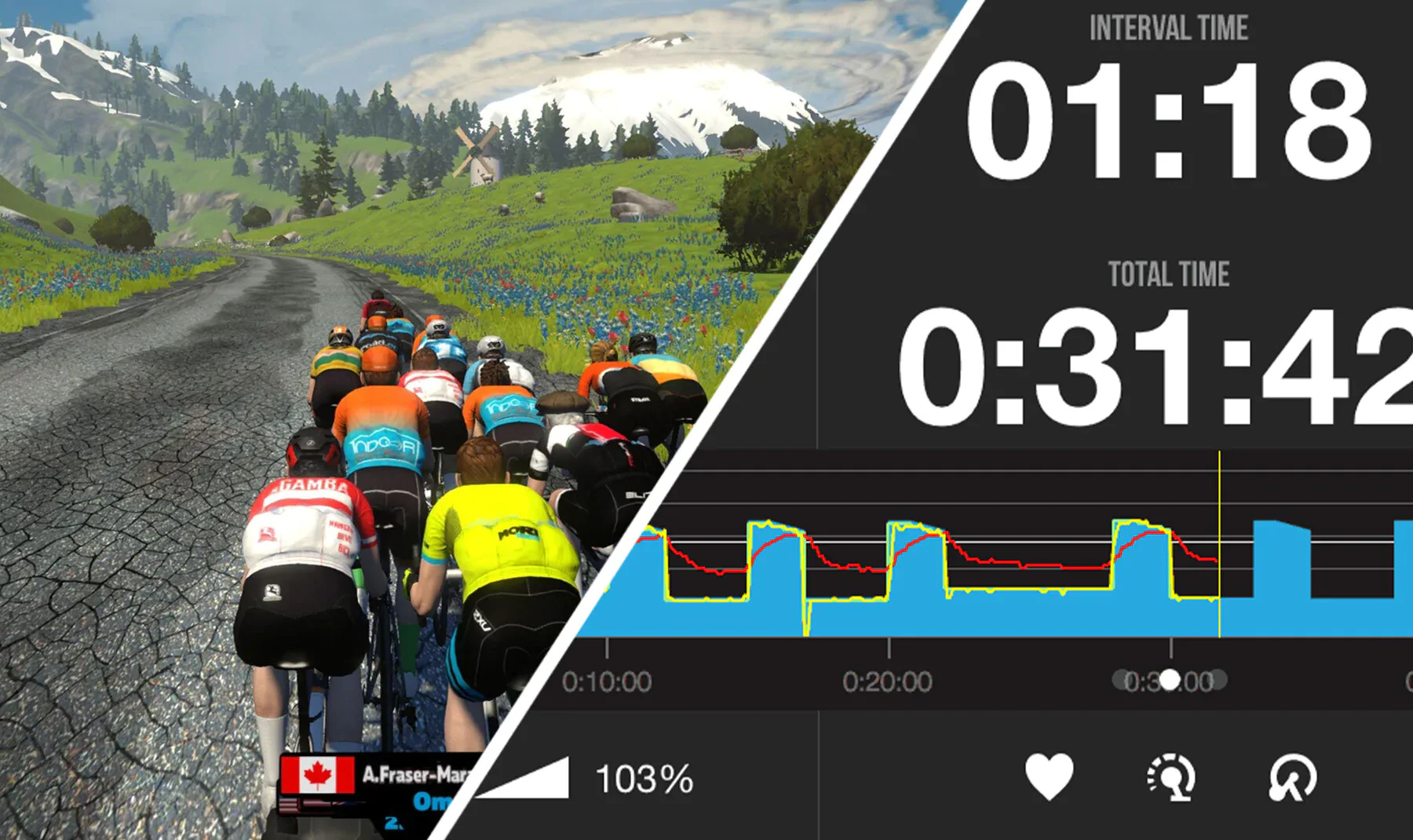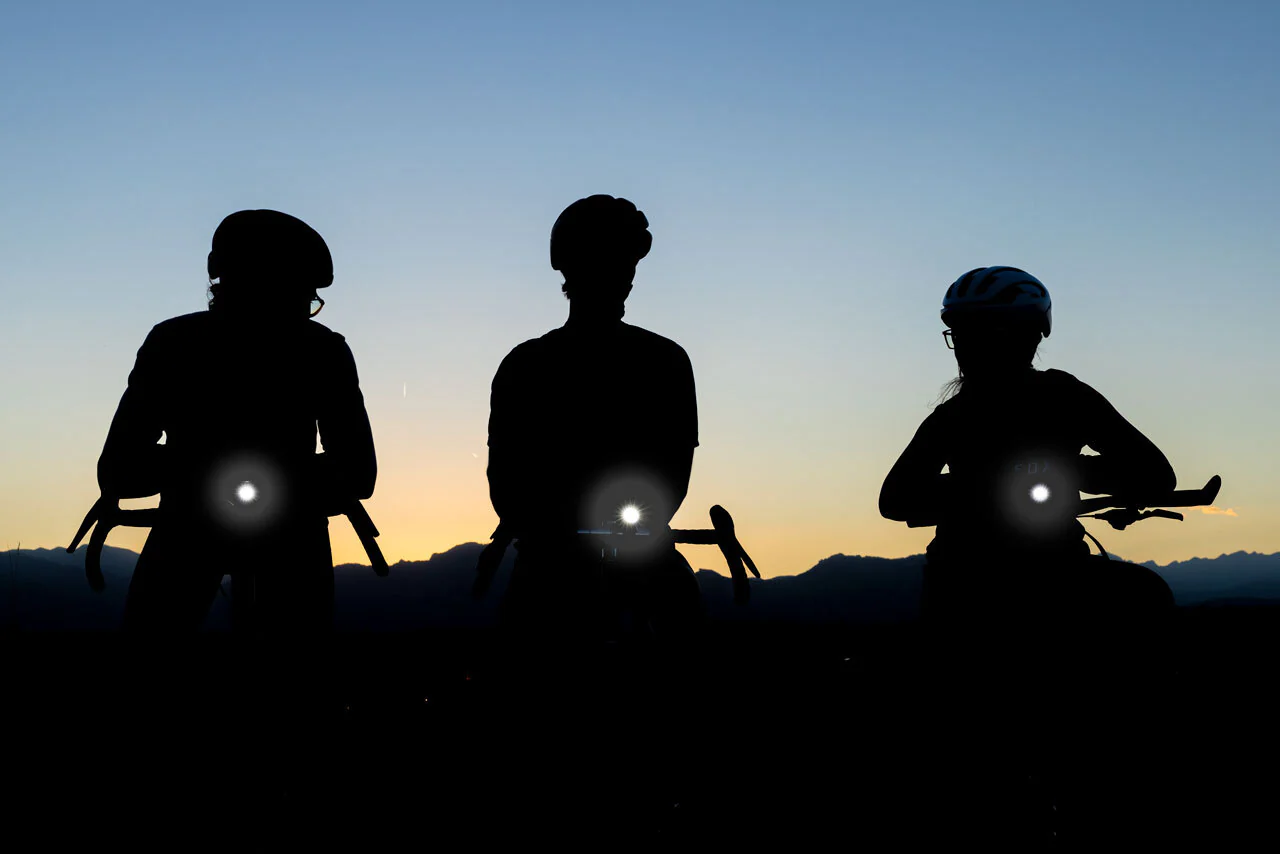DT Swiss in the pro ranks. Photo: A.S.O./Aurélien Vialatte
You can count on the Swiss to make the best watches, chocolate, and — bike wheels? That’s right, the bike wheel experts at DT Swiss are some of the best in the business. They are ridden by some of the world’s best riders, and it makes a wheel model for literally every cycling discipline. Once you understand the DT Swiss wheel naming system, it's easy to decipher each wheel's given purpose. Here’s what you need to know.
[button]SHOP DT SWISS[/button]
DT Swiss wheel models explained
DT Swiss names its wheels using a string of letters and numbers that provide a lot of information (it’s very precise — very Swiss). Here’s a breakdown of how DT Swiss’s current naming system works:
- A category prefix tells you what category a wheel belongs to.
- A “C” at the end of the category prefix indicates that the wheelset uses carbon rims. No “C” indicates aluminum rims.
- The category prefix is followed by a four-digit model number which indicates the hub used (higher-end wheels will have lower numbers and nicer hubs).
- “DiCut” or “Spline” denotes the spoke system used.
- All modern DT Swiss road, gravel, and mountain bike wheels are tubeless-ready clinchers.
Fun Fact: The “DT” in DT Swiss stands for “Drahtwerke Tréfileries,” the German and French words for “wireworks” and it calls back to DT’s 100-plus year history producing wire bicycle spokes. DT Swiss began producing its own hubs, rims, and complete wheelsets in 1994.
[newsletter]
DT Swiss road and gravel wheels
- A - Aero road (deep section rims)
- P - Performance road (lightweight)
- E - Endurance road (comfort)
- G - Gravel
- C - Cyclocross
- T - Track
|
Model Number |
Hubs |
Freehub system |
|
1100 |
180s |
Ratchet EXP |
|
1400 |
240s |
Ratchet EXP |
|
1600 |
350 |
Ratchet System |
|
1800 |
370 |
3-Pawl System |
- The category prefix may contain an “R” at the end for “race” to indicate that the rim is high-performance.
- A number after the model number indicates rim depth in millimeters.
- “DB” denotes a disc brake road model.
Examples:
DT Swiss ARC 1100 DiCut DB 50
[product-block handle="dt-swiss-arc-1100-50mm-disc-brake-tubeless-wheelset"/]
Aero race wheelset, 50mm deep carbon rims, 180s hubs, DiCut spokes, disc brake.
DT Swiss PRC 1400 Spline DB 35
[product-block handle="dt-swiss-prc-1450-spline-1 "/]
Performance race wheelset, 35mm deep carbon rims, 240s hubs, Spline spokes, disc brake.
DT Swiss ERC 1600 DiCut DB 45
[product-block handle="dt-swiss-erc-1100-dicut-45"/]
Endurance race wheelset, 45mm deep carbon rims, 350 hubs, DiCut spokes, disc brake
DT Swiss GRC 1400 Spline DB 42 650b
[product-block handle="dt-swiss-grc-1400-spline-650b"/]
Gravel race wheelset, 42mm deep carbon rims, 240s hubs, Spline spokes, disc brake, 650b wheel and tire diameter.
[button]SHOP ALL DT SWISS ROAD/GRAVEL WHEELS[/button]
DT Swiss mountain bike wheels
- XR / R - Cross-country
- XM / M - All-mountain
- EX / E - Enduro
- FR - Freeride / downhill
- BR - “Big ride” / fat bike
- H - Hybrid
|
Model Number |
Hubs |
Freehub system |
|
1200 |
180s |
Ratchet EXP |
|
1500 |
240s |
Ratchet EXP |
|
1700 |
350 |
Ratchet System |
|
1900 |
370 |
Ratchet LN |
- The category prefix may be preceded or followed by an “X” to indicate that the rim is high-performance. In the case of aluminum rims, an “X” also indicates that it doesn’t use eyelets.
- Additional numbers may come after the model number to indicate internal rim width in millimeters. Model names may also include wheel diameter, disc brake compatibility (IS = 6-bolt, CL = centerlock), and hub spacing.
Examples:
DT Swiss XRC 1200 Spline 25
[product-block handle="dt-swiss-xrc-1200-spline-25-boost-carbon-tubeless-29-wheelset-4"/]
XC race wheelset, carbon rim, 240s hubs (new models have 180s hubs), Spline spokes, 25mm internal rim width.
DT Swiss EX 1501 30
[product-block handle="dt-swiss-ex1501-aluminum-tubeless-29-wheelset"/]
Enduro MTB wheelset, non-eyeleted aluminum rim, 240 hubs, Spline spokes, 30mm internal rim width.
DT Swiss M 1700 Spline 40
[product-block handle="dt-swiss-m1700-aluminum-wheelset"/]
All-mountain MTB wheelset, eyeleted aluminum rim, 350 hubs, Spline spokes, 40mm internal rim width
DT Swiss E 1700 Spline 25
[product-block handle="dt-swiss-e-1700-spline-two-aluminum-tubeless-27-5-wheelset"/]
Enduro MTB wheelset, eyeleted aluminum rim, 350 hubs, Spline spokes, 25mm internal rim width.
[button]SHOP ALL DT SWISS MTB WHEELS[/button]
DT Swiss 180s vs. 240s vs. 350 vs. 370 hubs
Lower numbers = higher-end hubs which are lighter and have better freehub systems. The 180s hubs use ceramic bearings for ultimate speed and performance. All other hubs use stainless steel bearings to reduce cost. The 180s and 240s hubs are great for riders and racers who want the best performance and lowest weight. The 350 hubs are workhorse hubs for riders looking for the perfect balance between reliability, performance, and affordability. The 370 hubs are DT Swiss’ entry-level option, providing DT reliability at the lowest price.
DT Swiss Ratchet EXP vs. Ratchet System vs. Ratchet LN
Most DT Swiss freehubs use some form of DT’s legendary Ratchet System. Traditional freehubs use spring-loaded pawls that engage with ratchet teeth when you pedal. Ratchet System hubs on the other hand use a pair of “star ratchets” that lock together when you pedal. Conical springs push the ratchets together so all the ratchet teeth engage simultaneously when you pedal. When you coast, the springs allow the ratchets to glide over one another.
Compared to the spring-loaded pawls found in traditional freehubs, Ratchet System hubs have fewer moving parts, making them light, reliable, and easy to service. Road wheelsets built with 370 hubs are the only DT hubs that still use a traditional 3-pawl system, but they can be converted to use Ratchet LN. Higher-end hubs have star ratchets with more teeth to provide quicker engagement, but it’s easy to upgrade or swap star ratchets.
 Ratchet EXP - EXP improves on DT’s proven Ratchet System and is currently DT’s lightest freehub system. It’s been redesigned so one ratchet remains stationary and interfaces within a threaded ring. This means it uses only one conical spring instead of two, increasing stiffness and reducing the total weight of the system. Ratchet EXP is found in high-end 180s and 240s hubs.
Ratchet EXP - EXP improves on DT’s proven Ratchet System and is currently DT’s lightest freehub system. It’s been redesigned so one ratchet remains stationary and interfaces within a threaded ring. This means it uses only one conical spring instead of two, increasing stiffness and reducing the total weight of the system. Ratchet EXP is found in high-end 180s and 240s hubs.
 Ratchet System - This is the original freehub system produced by DT Swiss. The Ratchet System uses two conical springs to ensure the proper alignment of the ratchets. This ultra-reliable system is marginally heavier than Ratchet EXP and is used in mid-range DT Swiss products, like the 350 hubs.
Ratchet System - This is the original freehub system produced by DT Swiss. The Ratchet System uses two conical springs to ensure the proper alignment of the ratchets. This ultra-reliable system is marginally heavier than Ratchet EXP and is used in mid-range DT Swiss products, like the 350 hubs.
 Ratchet LN - Ratchet LN is DT’s entry-level Ratchet System. It replaces the pawl freehub system formerly used in the 370. Ratchet LN uses the same inner parts as the standard Ratchet System, but the seal that keeps grease in the system and dirt and water out is placed directly on the freehub body.
Ratchet LN - Ratchet LN is DT’s entry-level Ratchet System. It replaces the pawl freehub system formerly used in the 370. Ratchet LN uses the same inner parts as the standard Ratchet System, but the seal that keeps grease in the system and dirt and water out is placed directly on the freehub body.
DT Swiss DiCut vs. Spline spokes
Wheel name includes either “DiCut” or “Spline” which refers to the interface between the hub and the spokes.
 DiCut - DiCut uses custom “Nailhead” spokes that can hold much higher tensions. It is DT Swiss’s lightest, stiffest, and most aerodynamic hub and spoke system, aimed squarely at competitive road riding where speed is the priority.
DiCut - DiCut uses custom “Nailhead” spokes that can hold much higher tensions. It is DT Swiss’s lightest, stiffest, and most aerodynamic hub and spoke system, aimed squarely at competitive road riding where speed is the priority.
 Spline - Spline uses standard, readily available straight-pull spokes. It provides a great balance between stiffness, comfort, low weight, and serviceability, making it ideal for everyday road, gravel, or mountain bike use.
Spline - Spline uses standard, readily available straight-pull spokes. It provides a great balance between stiffness, comfort, low weight, and serviceability, making it ideal for everyday road, gravel, or mountain bike use.
[button]SHOP DT SWISS[/button]
Images courtesy of DT Swiss.

























